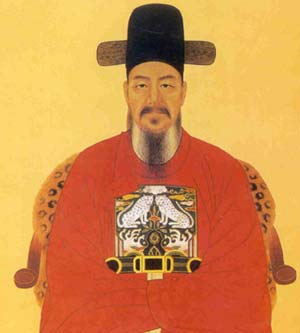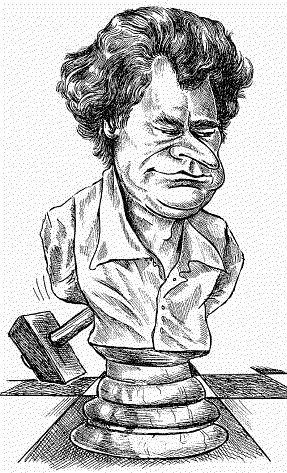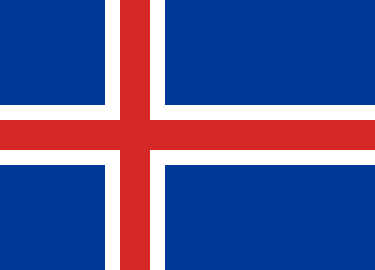Adler17
Prussian Feldmarschall
And who said, who can´t beat me?  5 pts. is too much to capture now. So I wait another time for revanche
5 pts. is too much to capture now. So I wait another time for revanche  .
.
Adler
 5 pts. is too much to capture now. So I wait another time for revanche
5 pts. is too much to capture now. So I wait another time for revanche  .
.Adler
 5 pts. is too much to capture now. So I wait another time for revanche
5 pts. is too much to capture now. So I wait another time for revanche  .
.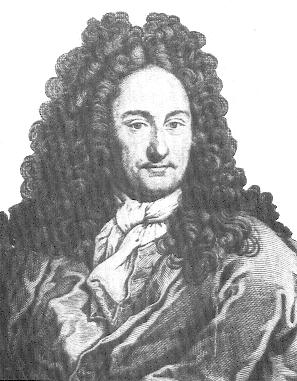
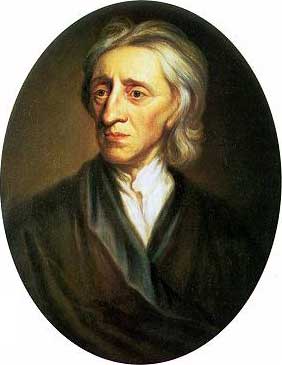
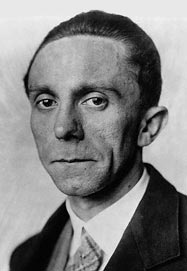
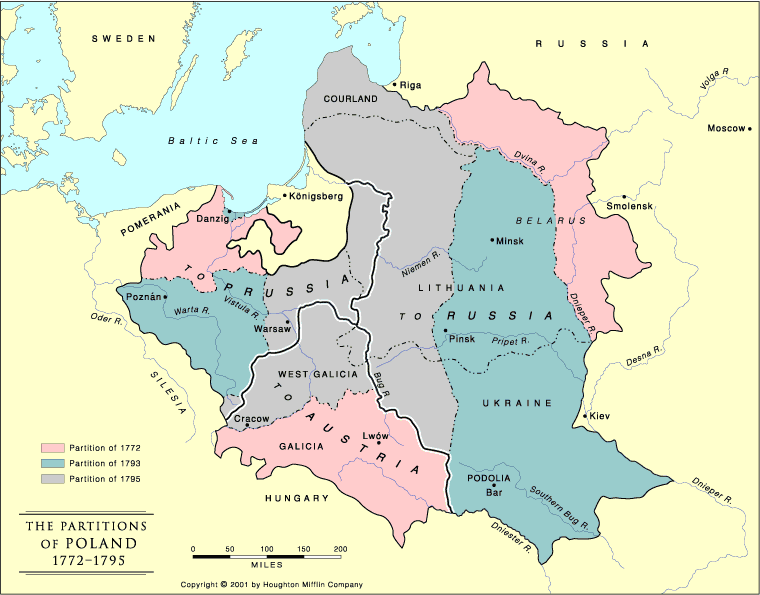
 The only problem I see with it is that it is a tough act to follow.
The only problem I see with it is that it is a tough act to follow.Ciceronian said:I was very pleased about the large number of submissions which indicates revived interest in the PM-based quiz. Hopefully the next one will generate an equal amount of submissions!
 viking: ) must be put on ice for the moment.
viking: ) must be put on ice for the moment.Thankyou! I'm sure you'll follow it up with a good quiz too. If you spend 3 to 4 hours making it, it should be good quality.luceafarul said:Very nice association questions and use of illustrations.The only problem I see with it is that it is a tough act to follow.

I think this question was clearly biased towards Germans, since Leibniz biscuits are very popular in Germany and are quite a giveaway for most Germans. And I agree Newton looked a bit odd, but the apple gave it away. "Gravity was notioned by the fall of an apple."sydhe said:I had a lot of fun with it, and I'm mad at myself for not getting #1, since I'm a fan of Leibniz. For some reason Newton didn't look like Newton to me.
 I am looking forward to the next quiz.
I am looking forward to the next quiz.I read somewhere (not sure where) that Leibniz biscuits are named after Wilhelm Gottfried. Mozartkugeln came to be just the same way: the creator of the sweet thought his creations would sell better if he called them after Mozart, who was famous in Salzburg. Similarly I would imagine a confectionist in Leipzig say named his biscuits after one of the most famous sons of the city.Plotinus said:Are Leibniz biscuits *really* named after Leibniz? I always assumed it was a coincidence. How did this come about?
I'm sceptical of Voltaire too, and would agree that his criticism of Leibniz was not fully justified. However, I still find his Monadology slightly pointless and ungrounded.Plotinus said:By the way, I'd certainly disagree with the assessment of Voltaire's "Candide" as a "brilliant" mockery of Leibniz' views - on the contrary, I'd say it's a good indicator of how little Voltaire understood Leibniz. Leibniz is probably the most consistently misinterpreted philosopher of all time, which is saying something.
As far as I know Luther and Melanchton attacked the concept of the infallibilty of the Pope and his luxurious lifestyle, since they also claimed that the money the Church made from forgiving peoples' sins went into letting the Pope live in splendour.Plotinus said:As for the Reformers, I think it's worth pointing out that Luther, at least, never intended to attack the Pope - of the four, Calvin was the only one who chose to leave the Catholic Church. It's also far from clear whether Calvin's Geneva was literally a "theocracy" - it remained ruled by the council, not by Calvin, and it certainly wasn't Puritan, at least, since Puritanism was an English-speaking movement. Poor old Calvin gets blamed for rather a lot of stuff that wasn't really his fault too.
Well, then hypothetically add 2 points to your score afterwards, or hit yourself on the head for being daft!Plotinus said:I was annoyed not to notice that we were meant to name the grey countries on the African map, since I was more sure about them than about any of the others!
Who understands or understood whom or what demands a discussion about topics I rarely discuss on principle, which is why I just stated this in a PM written in a certain hurry.Plotinus said:By the way, I'd certainly disagree with the assessment of Voltaire's "Candide" as a "brilliant" mockery of Leibniz' views - on the contrary, I'd say it's a good indicator of how little Voltaire understood Leibniz. Leibniz is probably the most consistently misinterpreted philosopher of all time, which is saying something.
Oh, I will probably have to spend more than that. Planning, searching for saucy images, posting the whole bloody thing - tempus fugit!Ciceronian said:If you spend 3 to 4 hours making it, it should be good quality.
luceafarul said:and Ram; I am sorry, but this unfortunately means that my other projectviking: ) must be put on ice for the moment.


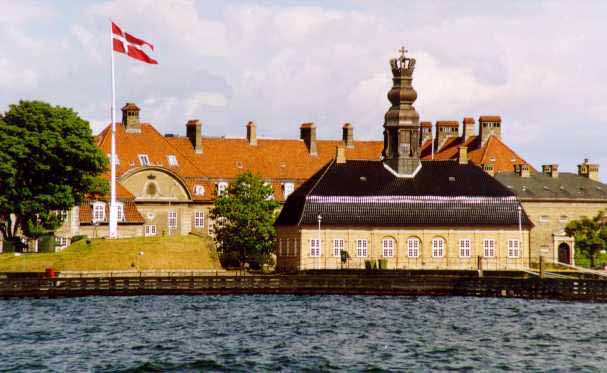



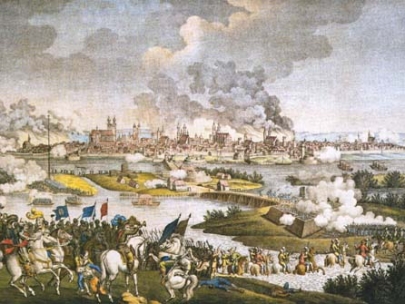

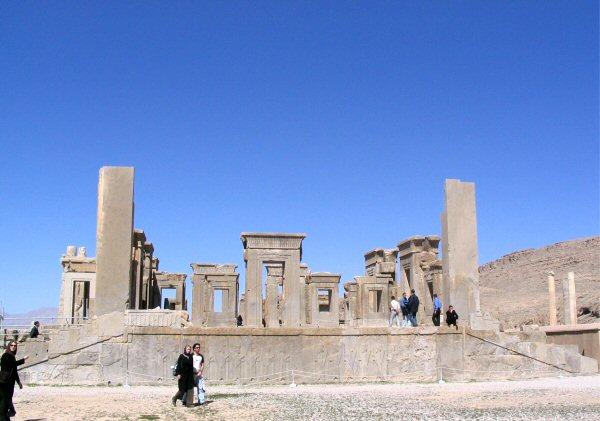
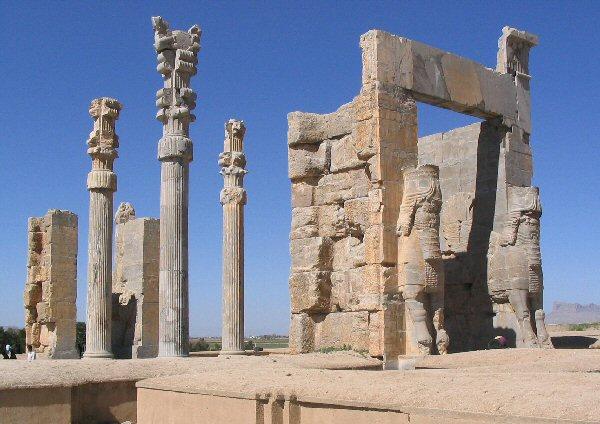

Pile on the poor man's burden --
Drive out the beastly breed;
Go bind his sons in exile
To serve your pride and greed;
To wait in heavy harness,
Upon your rich and grand;
The common working peoples,
The serfs of every land.
Pile on the poor man's burden --
His patience will abide;
He'll veil the threat of terror
And check the show of pride.
By pious cant and humbug
You'll show his pathway plain,
To work for other's profit
And suffer on in pain.
